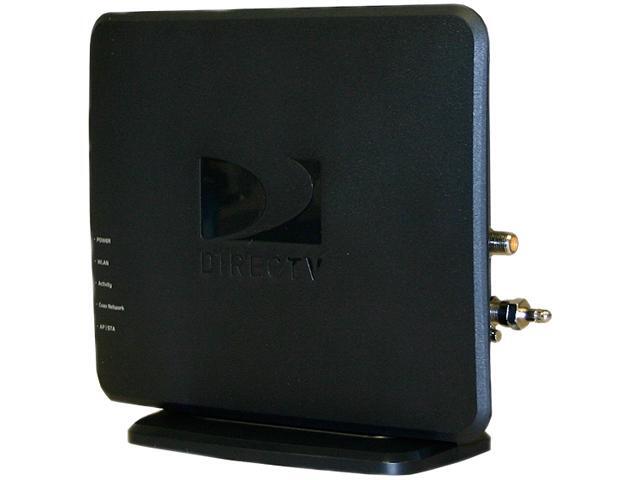

We made it, Friday is here! Before we talk about what's going on today, let's think for a moment about how we got here.
DIRECTV DECA INETWORK SPEED TV
I was looking for ways to hook it up, and noticed a coax connection nearby, which by the placement, looks like it is meant for tv service. I have a dell r710 that is too far from my wap to plug in via ethernet. If the OP can explain a bit more about the situation maybe we can provide a better solution other than ancient technology. Unless you are going into a really old building, I think I would go with a wifi bridge between the two endpoints. The other standard for tv is RG6 which is not compatible with thinnet. Which is what some cable/antenna TV uses today. Its been so long that I had to look it up, but thinnet cable is RG58. That transeiver then either connected to a thicknet cable via a vampire tap, thinnet (10bT) through a BNC coax, or 10bFL (fiber). Most early network adapter had the 10b5 connector on it that went to a transceiver. As Michael mentioned there are other protocols like 10b5 which is kind of like a parallel cable. So you had an inbound and outbound cable and then the centre of the T was connected to the device. Where each end of the cable was terminated with a 50 ohm terminating plug and then at each device there was a T adapter. The 10bT standard was a daisy chain configuration. That is the only reason I can think why they would also pass PoE over the coax connection as well as data.
DIRECTV DECA INETWORK SPEED INSTALL
I'm guessing, but I would think the use of those adapters would be for a current CCTV install to allow IP cameras to function over a coax network. Well the boxes I linked to will adapter utp to coax and then back to utp on the remote end.


 0 kommentar(er)
0 kommentar(er)
